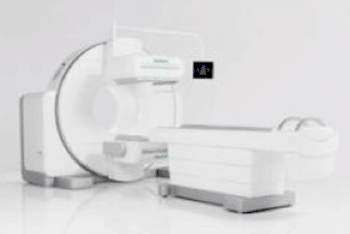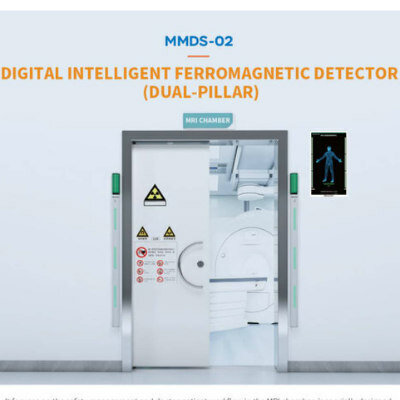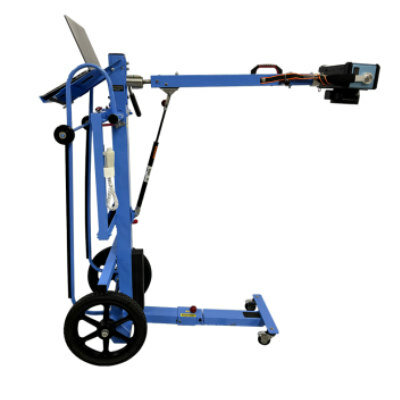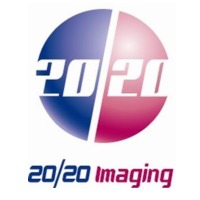SPECT Technology Developed with High Specificity of CT Scanning, Creating Quantitative Images
By MedImaging International staff writers
Posted on 26 Aug 2013
A new imaging platform has the potential to transform how molecular imaging is performed, fusing the high sensitivity of single-photon emission computed tomography (SPECT) with the high specificity of CT, totally incorporating the data from the two imaging techniques to generate high resolution, and for the first time, quantitative images. Posted on 26 Aug 2013
The Symbia Intevo, developed by Siemens Healthcare (Erlangen, Germany), is the world’s first xSPECT system. The system demonstrates Siemens’ innovation and competitiveness, key components of the Healthcare Sector’s Agenda 2013 two-year initiative. The new Symbia Intevo xSPECT system reconstructs both the SPECT and CT portions of an image into a much higher frame of reference than other systems for precise, precise alignment, simplifying the extraction and deep integration of medically relevant data. This capability is the basis for distinguishing between tissue boundaries in bone imaging.

Image: The Symbia Intevo from Siemens Healthcare integrates SPECT and CT, enabling a high level of image quality and the ability to differentiate between tissue boundaries in bone imaging (Photo courtesy of Siemens Healthcare).
With the xSPECT Bone system, clinicians can potentially provide further support for detection and differentiating between cancerous lesions and degenerative disorders. The Symbia Intevo’s precise alignment of SPECT and CT provides clinicians with critical volumetric data from the CT scan, enabling precise and consistent quantitative evaluation with which the clinician can apply quantitative information to assess whether a patient’s disorder has regressed, stabilized, or progressed.
The Symbia Intevo uses more CT data than ever before, but Siemens is still able to limit patient dose by offering combined applications to reduce exposure (CARE). The system uses Autoform collimator, capturing up to 26 more counts, helping increase image acquisition time and patient throughput.
“Siemens Healthcare anticipates the new Symbia Intevo technology will improve the quality of care, while helping to reduce costs,” stated Lawrence Foulsham, molecular imaging product manager at Siemens Healthcare. “Siemens recognizes that these two elements must go hand-in-hand, and with our new molecular imaging solutions, we can demonstrate our commitment to true innovation leadership by overcoming the limitations of conventional SPECT systems to help provide answers to the toughest clinical questions in the safest and most efficient way possible.”
The technology is pending US Food and Drug Administration (FDA) 510(k) clearance.
Related Links:
Siemens Healthcare













